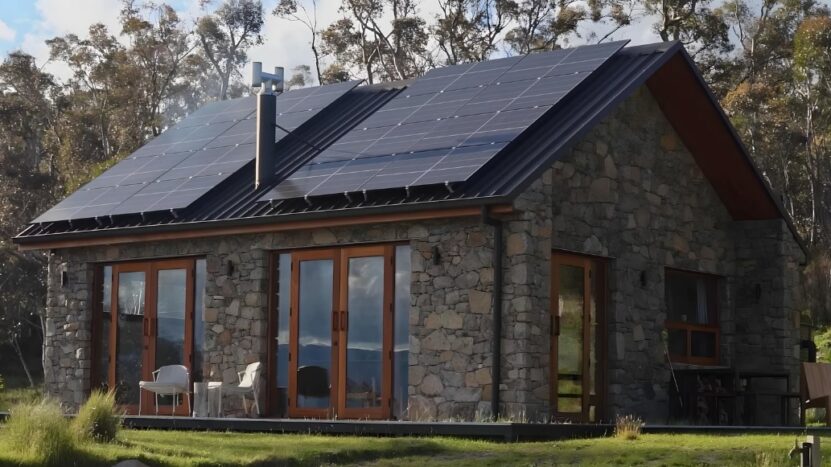If you’re as crazy about the great outdoors as I am, you get how crucial it is to be ready for whatever comes your way. It doesn’t matter if you’re hiking, climbing, or camping, having some basic first aid know-how can seriously save the day when it comes to dealing with unexpected boo-boos or health hiccups.
Alrighty then, let’s dig straight into a few essential skills that’ll keep you all safe and sound while you’re out there basking in Mother Nature’s glory.
Get to Know the RICE Technique
Let’s chat about dealing with those unexpected sprains and strains while you’re out hiking and those pesky little injuries that can really catch you off guard.
Well, the first thing you gotta remember is “RICE” – Rest, Ice, Compression, and Elevation. It should be your secret weapon to tackle these mishaps. So, here’s the lowdown on how you do it:
- Rest: Keep weight off the injury to prevent further damage.
- Ice: Apply ice to reduce swelling. Do this for about 20 minutes every couple of hours.
- Compression: Wrap the injured area with a bandage, but not too tightly.
- Elevation: Keep the injury elevated above the heart if possible, to help reduce swelling.
How to Stabilize a Spine
If someone has a nasty fall and you’re concerned about their spine, it’s highly important to keep them nice and still. You see, immobilizing their spine can actually help prevent really serious, long-term damage to their spinal cord.
So, be sure to gently support their head and neck, and try not to move them unless it’s absolutely necessary, especially if you think there might be a spinal injury.
Bleeding Control Basics
Cuts and scrapes are common, but if you encounter a serious bleed, here’s what to do:
- Apply firm pressure with a clean cloth directly on the wound. It’s really important that the cloth is clean to prevent any further complications or infections.
- Hold this pressure continuously for at least 20 minutes.
- Avoid checking if the bleeding has stopped to ensure clotting starts effectively.
Managing Heat Exhaustion

Heat exhaustion can sneak up quickly, especially on hot days with rigorous activity. Here’s how to cool someone down:
- Move them to a shaded area immediately.
- Encourage them to drink water if they’re conscious and able.
- If possible, immerse them in cool water to lower body temperature quickly.
Preventing Hypothermia
When temperatures drop, hypothermia becomes a risk. Here’s how to tackle mild hypothermia:
- Get the person into dry clothing. This is an absolute must.
- Focus on warming the core of their body first – head and torso.
- Use your body heat or warm drinks to help raise their temperature gradually.
Being Prepared Is Your Best Tool

Knowing your environment and being prepared with the right tools and knowledge can save lives. Here are a few tips:
- Always carry a detailed map and know your evacuation routes. Don’t rely on Google Maps or something similar, as signal and service might let you down in the wilderness. In case you really want to use phone maps, download them prior to your trip. Also, you can learn how to use natural landmarks for guidance.
- A Wilderness First Aid course is invaluable for any serious outdoor enthusiast.
- Pack a comprehensive first aid kit. Make sure that the kit has everything necessary in case of an emergency.
- Keep communication devices charged and within reach.
Immediate Actions in an Emergency
In any life-threatening situation, contacting emergency services is a priority. If you’re deep in the woods:
- Call 911 or signal for help using a whistle or mirror.
- Stay with the person in need and keep them as comfortable as possible until help arrives.
The ABCDE of Initial Assessments

When assessing someone’s condition, keep the ABCDE method in mind:
- Airway: Ensure the airway is clear.
- Breathing: Check if the person is breathing.
- Circulation: Look for signs of bleeding or poor blood flow.
- Disability: Quickly assess neurological responses.
- Exposure: Protect them from environmental conditions.
Making Smart Choices & Evacuation Decisions
Deciding whether to evacuate can be tough. Consider the following:
- The severity of the condition.
- Distance and accessibility to professional medical help.
- Weather conditions and time of day.
Emotional Support Can Go a Long Way
Important reminder: never underestimate how much comfort and emotional support can really make a difference. Trust me, staying calm and showing empathy can go a long way in helping someone who’s hurt. It helps them feel more stable and less panicked or distressed.
Summary
Wilderness first aid is way more than just patching up wounds. It’s all about being clever, ready for anything, and knowing exactly what to do in tricky situations.
If you take a wilderness first aid class, you’ll gain the know-how and self-assurance to tackle emergencies like a pro until the experts arrive. After all, learning from certified experts is the best approach to tackling emergencies and issues head-on with confidence.








